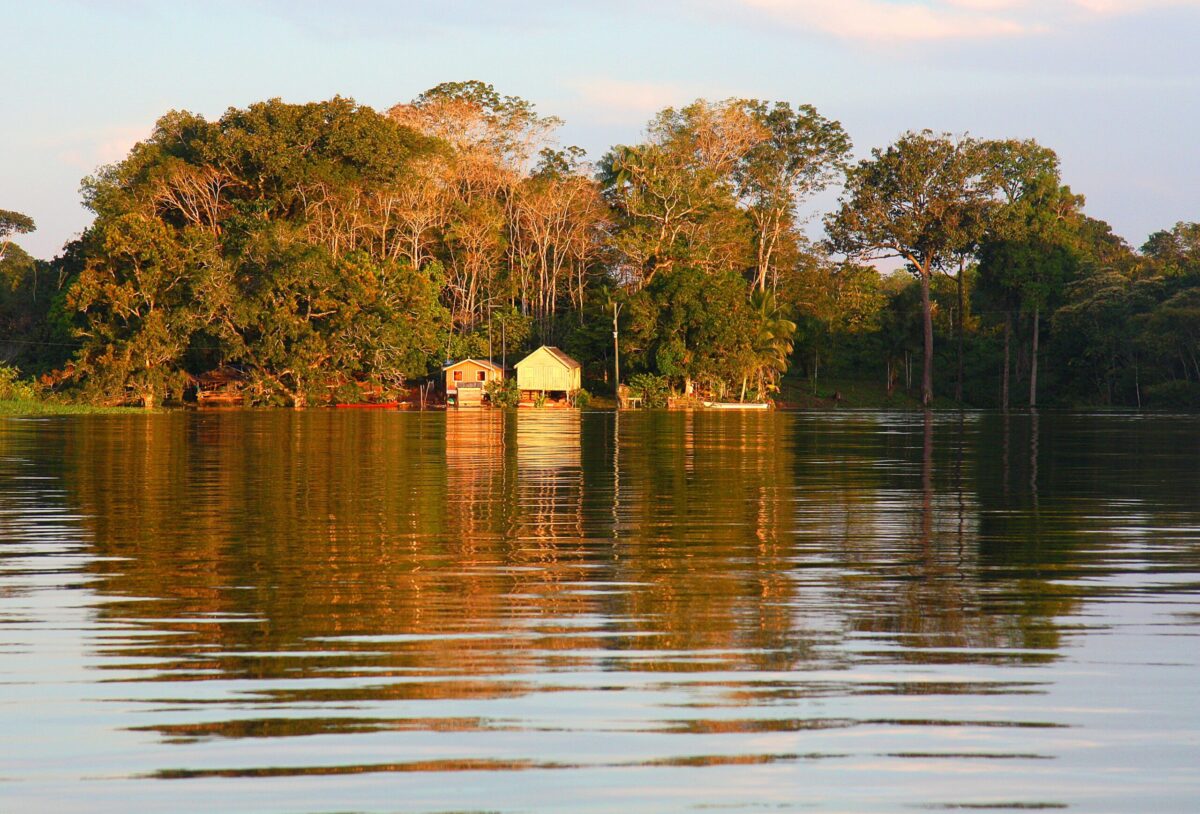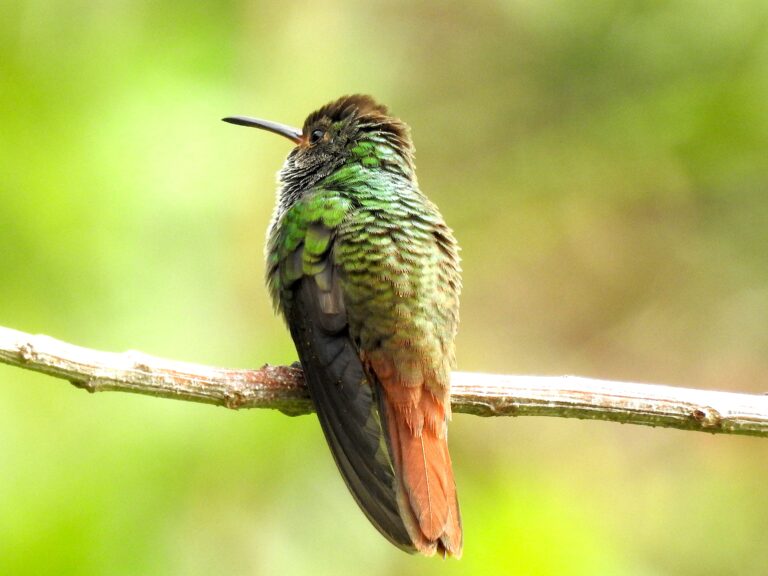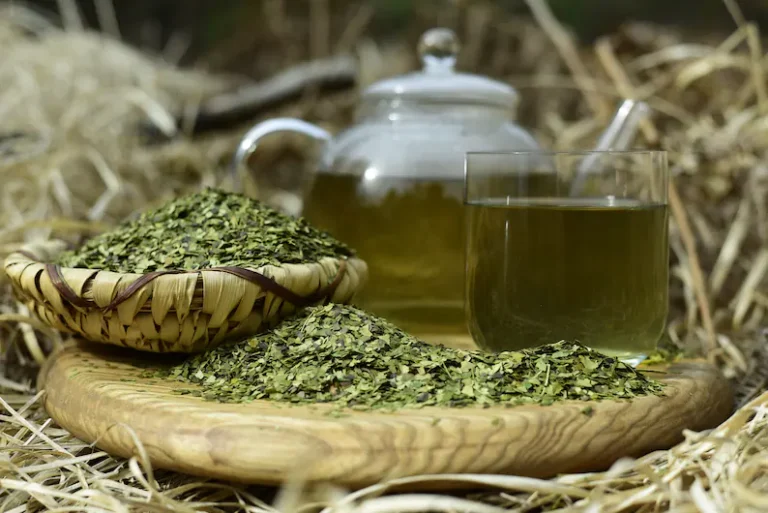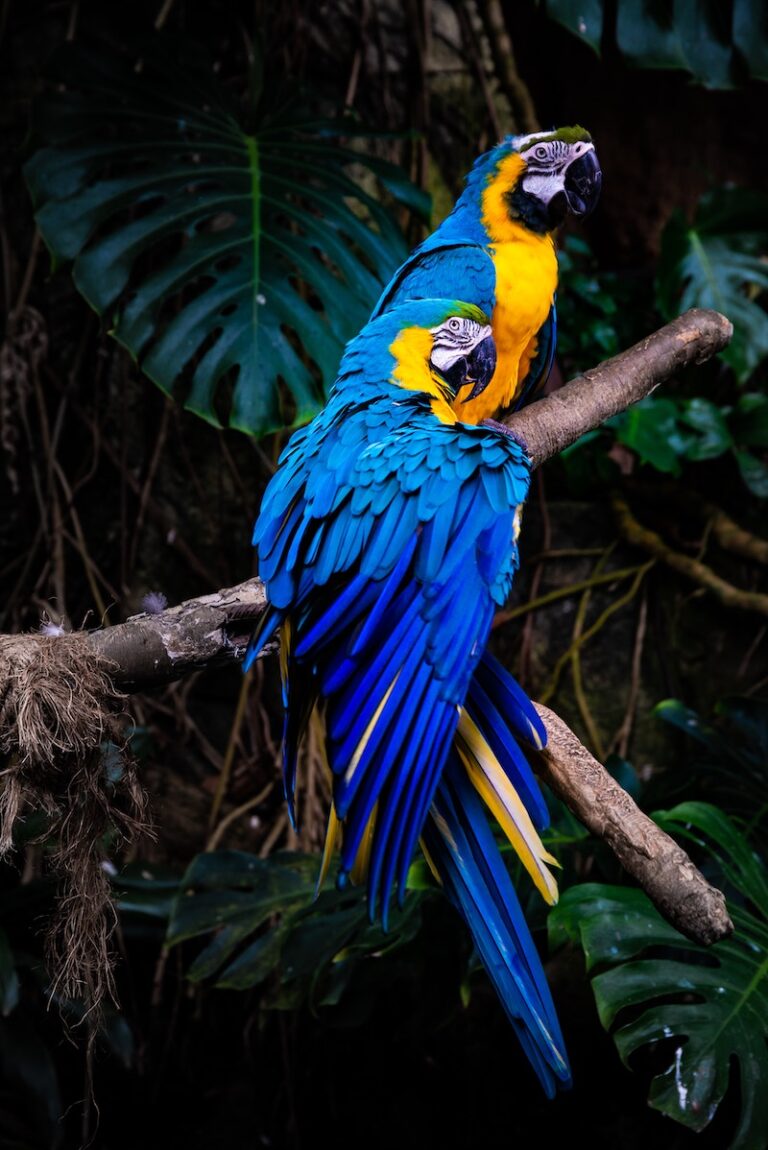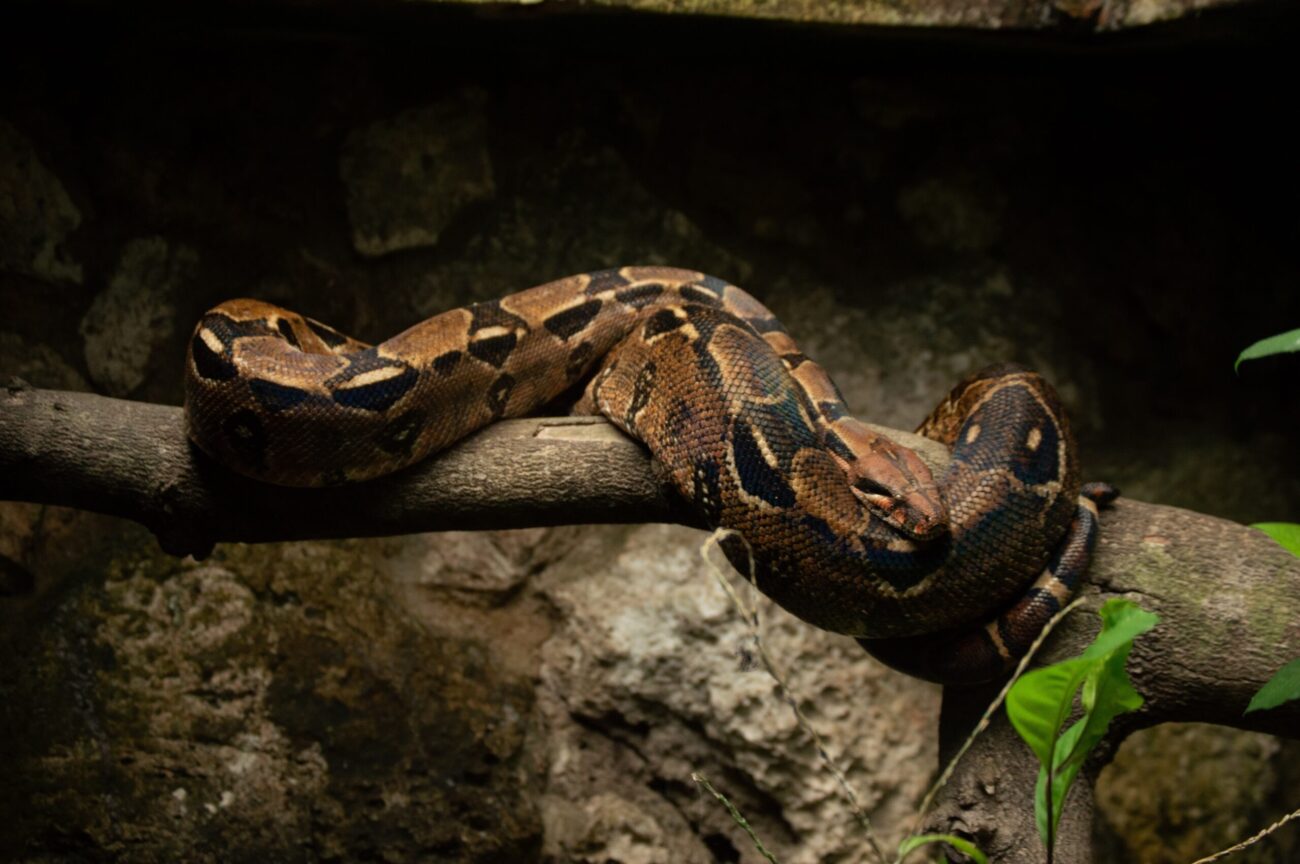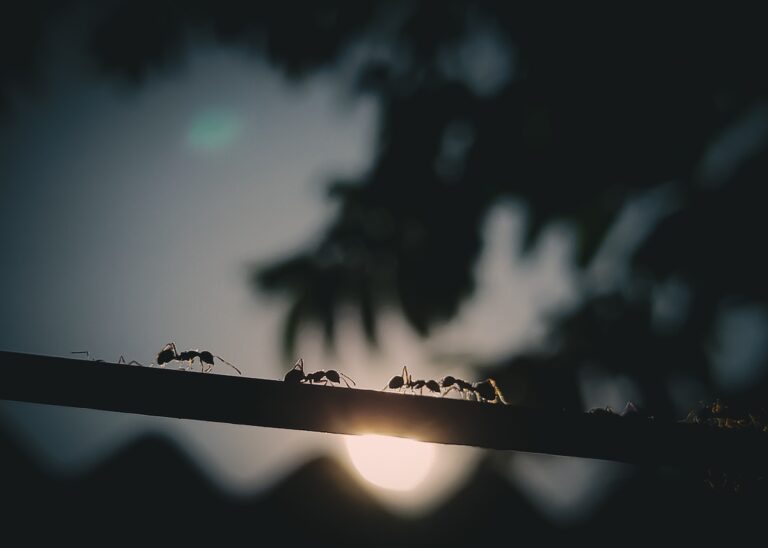The “One-Amazon”
A scolding old woman got angry with her tribe’s members, and since she had nothing to do there, she left to find another tribe. She has never done it before; she did not know the roads or paths of the forest; besides, hate has blinded her evermore. She did not have anything other than what she was wearing then, and that was very few. Because of the heat of the jungle, one cannot wear but a loincloth, and that is sometimes too much!
It is not that the people of the jungle are poor. It is that everything belongs to the tribe; nothing belongs to anyone in particular. To go to a different tribe meant taking the risk of being accepted as a slave or being discarded as a harmful animal. With fear and full of doubt, she started her march, resolved to die in the jungle should she get anywhere, either in mountains, plains, rivers, lakes, salt leaks, coves, swamps, or caves. Most people when traveling in the jungle always bring a dog alone, but this poor old woman did not even have a dog!
Taking deviations from the footpaths, she got to a lake she never heard about. She discovered amidst the riparian swamp an abandoned river with a rotten bamboo pole of wadua as a bridge, but she could not pass to the other shore. Adventure properly speaking was none; rather, let’s say misfortunes, of which she passed all of them. The cruelty of the jungle had been atrocious. She, a native of the jungle, had not known it at all! She had been deceived when she believed that the jungle-people’s roads were wide and secure. Indeed, even with the same road she had taken, she did not know where it had ended.
The coca leaves that she brought in her fists finished, and she was about to succumb, but before she died it crossed her mind all frames of her past life: her voluntary surrender to the chief, so long ago that she had already forgotten; her happy and complacent weekly work in the chakra; her friendship with the other women in the forest; her fidelity to the chief—everything was now clear. The only thing she did not know was why she found herself alone, faraway, and forever lost. In such circumstances, she could have made a pact with whomever, but there was not a soul in her surroundings.
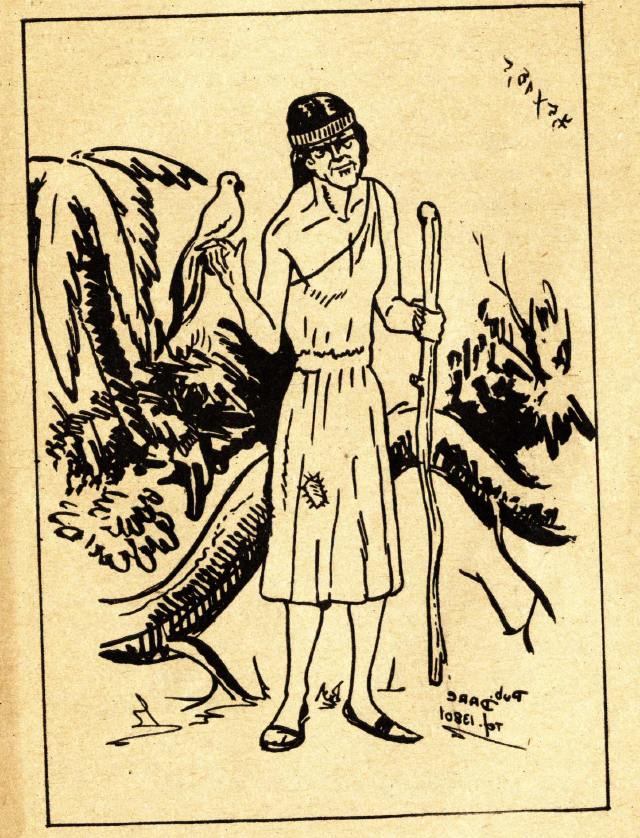
She happened to pass by a parrot who had been exploring the edges of the jungle, and, seeing the old woman knocked down against the ground, it offered to guide her to a safe site where it lived; she would have lots of ice-cream wabas to eat, a wide clearing where to stay freely, and lots of companionship. She accepted and left with the parrot.
She almost could not walk any more. When she looked towards the parrot to ask if they were there yet, it was no longer there; she did not hear nor notice that a pinchu owl had taken it and was eating it. The old woman drew strength from her weaknesses, and catching the pinchu off guard, she ate its meat to recover her energy. The pinchu was a big bird of prey of inedible meat, but the poor woman had no choice but to eat it, falling asleep immediately thereafter because she was so weak.
When she awoke, she saw herself transformed into a mix of pinchu and parrot. Asking everyone and flying over the forest , she arrived at the clearing where the parrot had wanted to take her. There, the old woman remembered that she was a person, and with her own weight, she fell to the ground, not being able to stand up. But then, maybe out of curiosity, all the animals came to see her, and she caressed them all to have company, feeling like a mother to all the animals.
The cougar and the wildcats gave her their fur to shelter; birds brought her feathers for her ornaments; the wild pigs and wantas gave her their delicious meats; fish of the river sent her magnificent snacks; the flying squirrels, umbrella birds, curassows, and hoatzins gave her shade; and the parrots made her happy with their conversation. All was happiness. The army ants worked for her, and the bees gave her stored honey without stinking; even the congas and tarantulas offered her their friendly guard. The trees gave her wax for her fire and offered her plenty of fruit. The bejuco liana gave her drinkable water, and the bamboo wadual created a secluded fence and also gave her pure water. Everybody served the old woman, despite being half owl and half parrot. She was the happiest creature in the jungle!
One afternoon, a little monkey that came from faraway to play with her fell sick and had a body full of parasites. The caring old woman wanted to clean the monkey by scrubbing the lice, but she smashed them with her teeth and perhaps ate them.
It was then that all the animals screamed; they shouted into the sky, awakening the bear and the tapir, who, with their pestilence and repugnant odor, threw themselves against her, breaking into pieces despite her attempt to cover herself with the shell of an armadillo.
From the old woman, nothing was left whole. Her pieces, large and small, were thrown into a dark cave, so nobody could see them. These pieces grew anew, but this time the small ones converted into bats, and the large pieces converted into tayu oilbirds.
Both of them were forced to leave at night to wandering the jungle sites for where the old lady had walked in vain, eating and defecating seeds along the way to regenerate the forest on the mountains, plains, riversides, lakeshores, salt-leaks and her presence can be felt all over Amazonia. So, bats and tayu oilbirds live waiting that all grumbling old women of the jungle have the same fate…
Cultural Significance
The figurative use of an old woman converted into half owl and half parrot relates to the notion of local knowledge kept by old people, mainly female storytellers who keep the ancestral wisdom from inside big cavities inside trees (hence the owl) with the habit of reciting those anecdotal and mystic narratives when youngster gather around the fire inside the hut, and the mean and women coming to create a circle around the storyteller repeating many times the same stories (hence the parrot).
The two nocturnal inhabitants of the forest canopy, oilbirds (Steatornis caripensis), whose troglodytes habits in caves and caverns allow them to become the ultimate dispersers that regenerate the forest from eschatological efficacy, and baths (e.g., Pteronotus parnellii, Desmodus rotundus, Cynomops abrasus.), that keep a useful check in the number of species of the forest after they depart from their dark cave cockpits, represent the feminine nature of a regenerative jungle. The ecological sense or renewal of the jungle creatures, associated with the fate of old women who can retell the creation stories of the Amazon, is highlighted as a tool for its maintenance and permanence.

